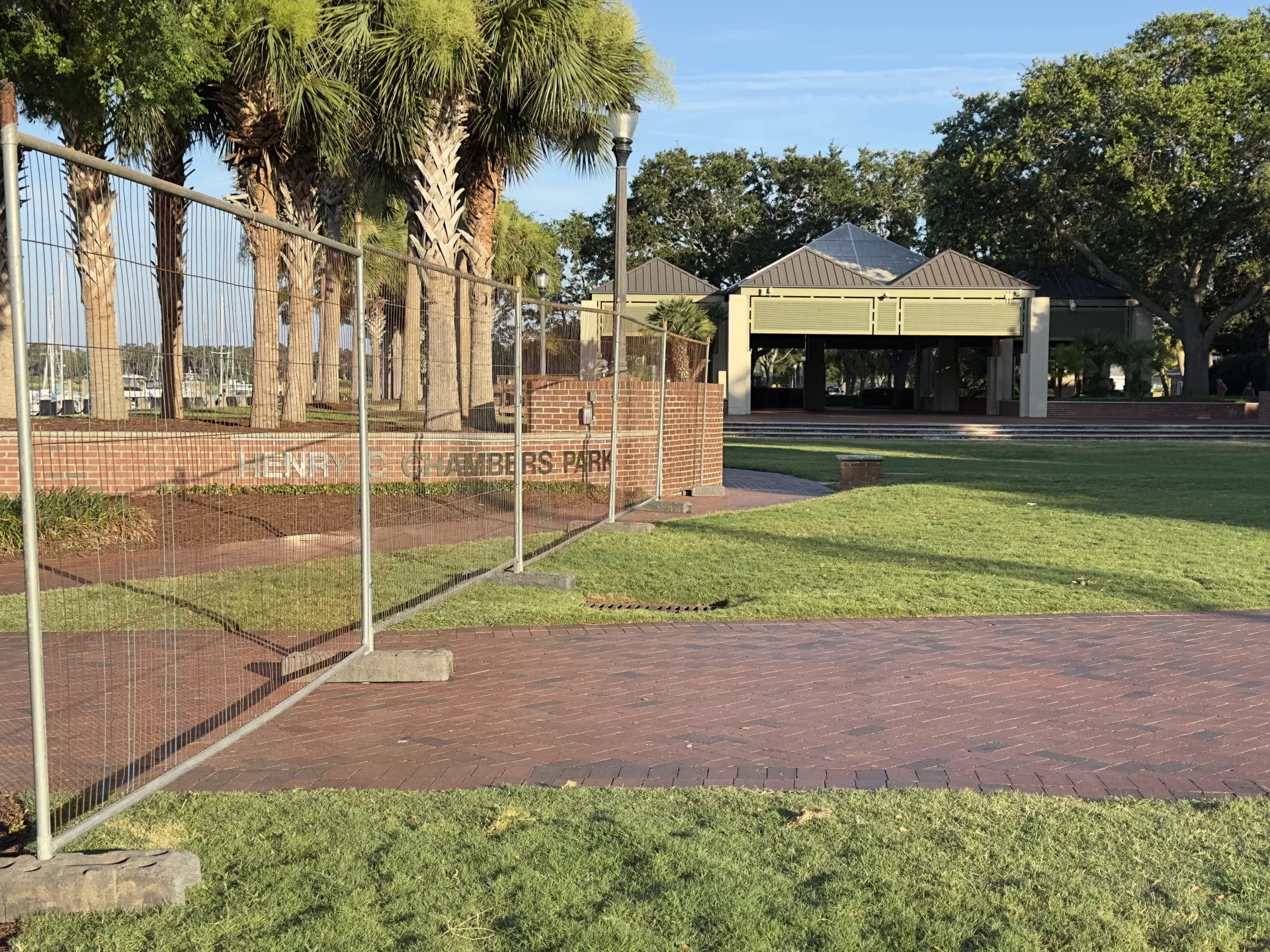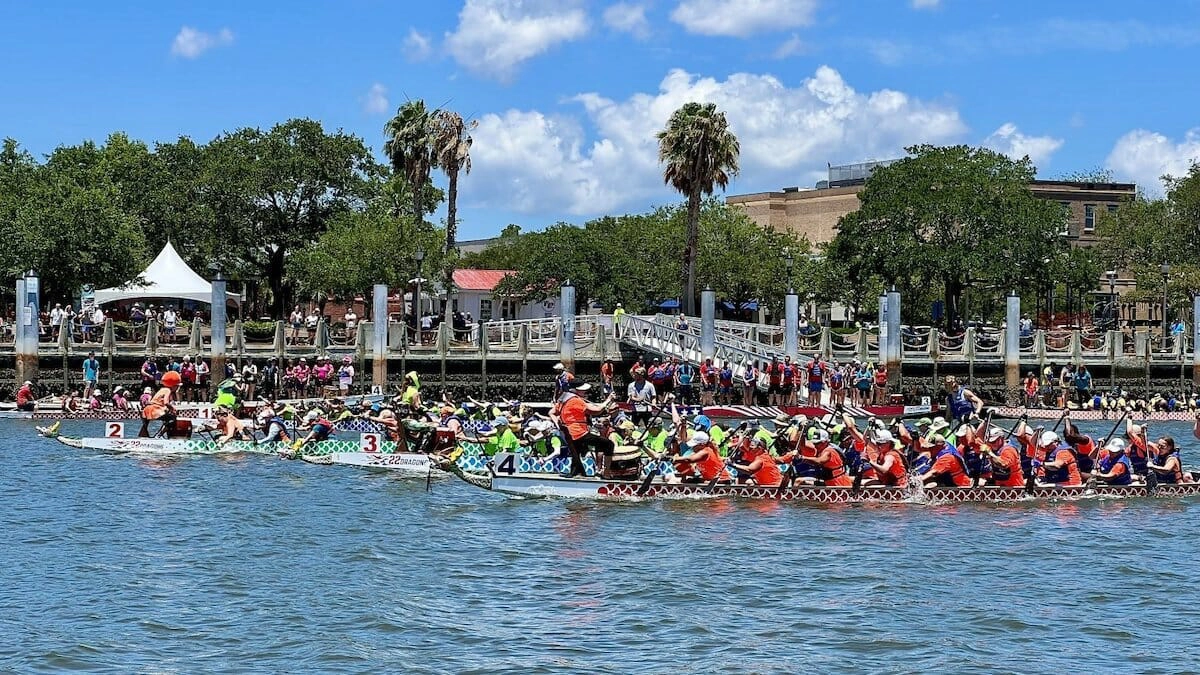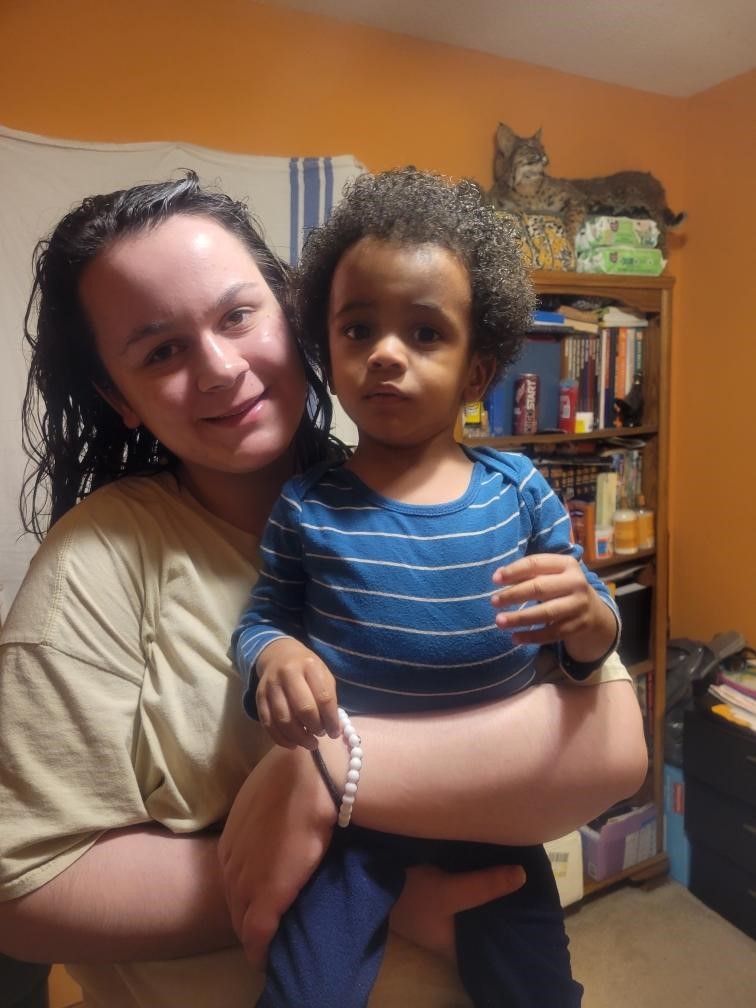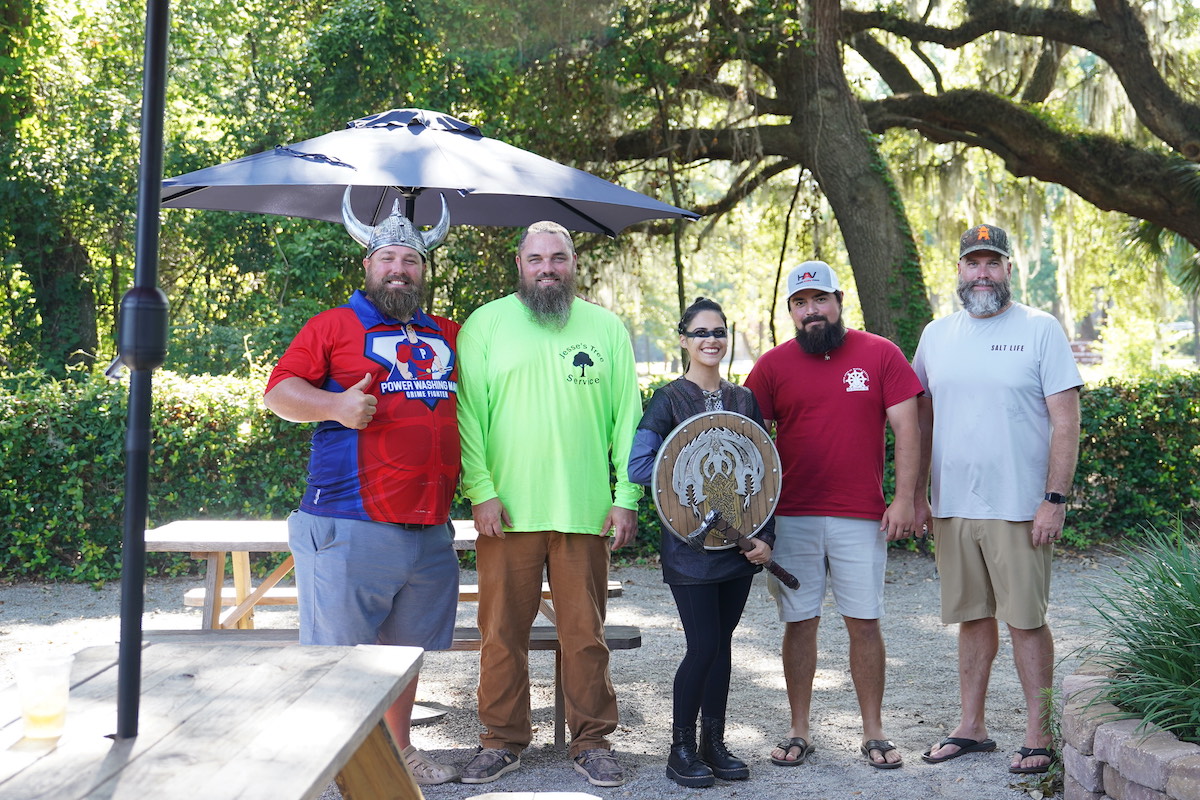By Tony Kukulich
A grant awarded by the National Oceanic and Atmospheric Administration’s Climate Program Office (NOAA) will fund a two-year long study aimed at understanding the impact of sea-level rise on groundwater in Beaufort County.
The study called “Beaufort County Adapts: Sea Level Impacts Beneath Our Feet” will be managed by South Carolina Sea Grant Consortium, the recipient of NOAA’s $300,000 grant. The consortium applied for the grant about 18 months ago with the support of Beaufort County staff members.
“Our county has invested heavily in improving our climate resiliency in the face of anticipated rising sea levels by preventing and mitigating the impacts of flooding,” said Rob Merchant, planning and zoning director for Beaufort County. “This study will better prepare us for what’s happening underneath our feet, below the ground, so that we can gain additional important tools for our kit to improve resiliency and combat the effects of rising sea levels.”
The study will focus on small communities in Beaufort County that need targeted efforts to enhance their ability to withstand the impacts of sea-level rise on groundwater levels and underground infrastructure.
Councilmember York Glover held a public meeting on March 8 to give the residents of Eustice and Warsaw – communities that will be at the center of the study – an opportunity to learn about the project and provide feedback to the research team. Other public meetings are expected to be planned as the project progresses.
“They started tracking tide levels in the mid-1930s,” Merchant said. “There’s been over a foot of sea-level rise just in that time. There’s a lot of fluctuation from year to year. But historically, we’re seeing this trend of a one-foot rise. Given everything we know from predictions, that curve is starting to go up and get steeper.”
The effects of sea-level rise seen above ground, such as flooding, are commonly discussed and planned for, but the impact of sea-level rise on local groundwater has not been thoroughly examined. Buried infrastructure, such as septic and sewage systems may be impacted by changes to groundwater levels. In addition to changing the water table height, sea-level rise can increase the amount of salt in the groundwater. The combined changes can affect drainage, agriculture, natural forests and infrastructure stability.
Coincident with the sea-level rise, flooding events associated with spring tides, king tides and storms are expected to become more common. In some areas, that is already happening. How those events will interact with the water table is not well understood.
“When you’ve got a particularly high tide, the water table is going to shift,” explained Juliana Smith, Beaufort County long range planner. “It’s going to rise as a result of the incoming tide.”
The research team assigned to the project will install 10 groundwater wells in selected locations in the communities of Warsaw and Eustice with the permission of the landowners. Once installed later this spring, the wells are expected to remain in place for about a year. Scientists will collect water-height measurements every three months and then model the projected impacts of sea-level rise on groundwater conditions and municipal infrastructure.
“Groundwater is often overlooked in discussions of sea-level rise, but we really do see groundwater issues cropping up along the South Carolina coastline,” said Alicia Wilson, a groundwater hydrologist at the University of South Carolina’s School of the Earth, Ocean and Environment. “We appreciate the opportunity to work with Beaufort County residents to begin monitoring groundwater levels and collecting information that will allow us to understand this problem more fully.”
When the study is completed, Beaufort County communities will have specific recommendations for how to avoid system-level failures before they occur and local municipalities will be equipped with data to inform strategies and policy decisions.
“If you’re building infrastructure, and you expect the life to be 50 years, it’s really helpful to look at where we think water is going to be in 50 years,” Merchant said. “If you’re buying a house, you may want to look at where the water will be in 30 years. The good news is that in Beaufort County – I know we’re the Lowcountry – we’re in fairly good shape compared to, I would say, the Charleston area or other areas on the East Coast. We still have low-lying communities like Warsaw and Eustice. There are a lot of low areas. Those are going to be the first to be impacted.”
Tony Kukulich is a recent transplant to the Lowcountry. A native of Wilmington, Del., he comes to The Island News from the San Francisco Bay Area where he spent seven years as a reporter and photographer for several publications. He can be reached at tony.theislandnews@gmail.com.








